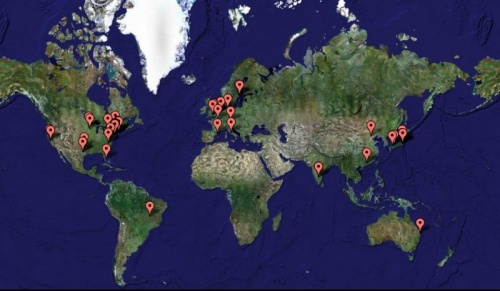With the enthusiasm for Second Life going strong among our group the ideas are flying everywhere. One major area of interest is getting information from outside in and vice versa. Along this theme one idea was that of presenting Second Life in a browser, this is in someways a step backward but would allow access to Second Life to be more pervasive and accessible to the majority, dipping in to the game for a short period of time or when on the move at an internet cafe could then be possible.
I stumbled across Hive7.com this morning when reading an article by Phoenix Psaltery in the latest copy of the excellent Metaverse Messenger Second Life’s web published news paper. Hive7 is very much modelled around Second Life, placing you in an MMO setting with custom scripting and object creation, only this time its all 2D in browser and written as an AJAX application. It’s a great example of what can be done when you’re prepared to push browser technology near to its limits. Unsuprisingly Hive7 has attracted the attention of Pathfinder Linden who spent some time there creating a replica of one of Second Life’s welcome areas. There isn’t currently any link up between Hive7 and the Second Life world, but with the similarities I’m sure either the Lindens or Hive7’s team are thinking about it….







